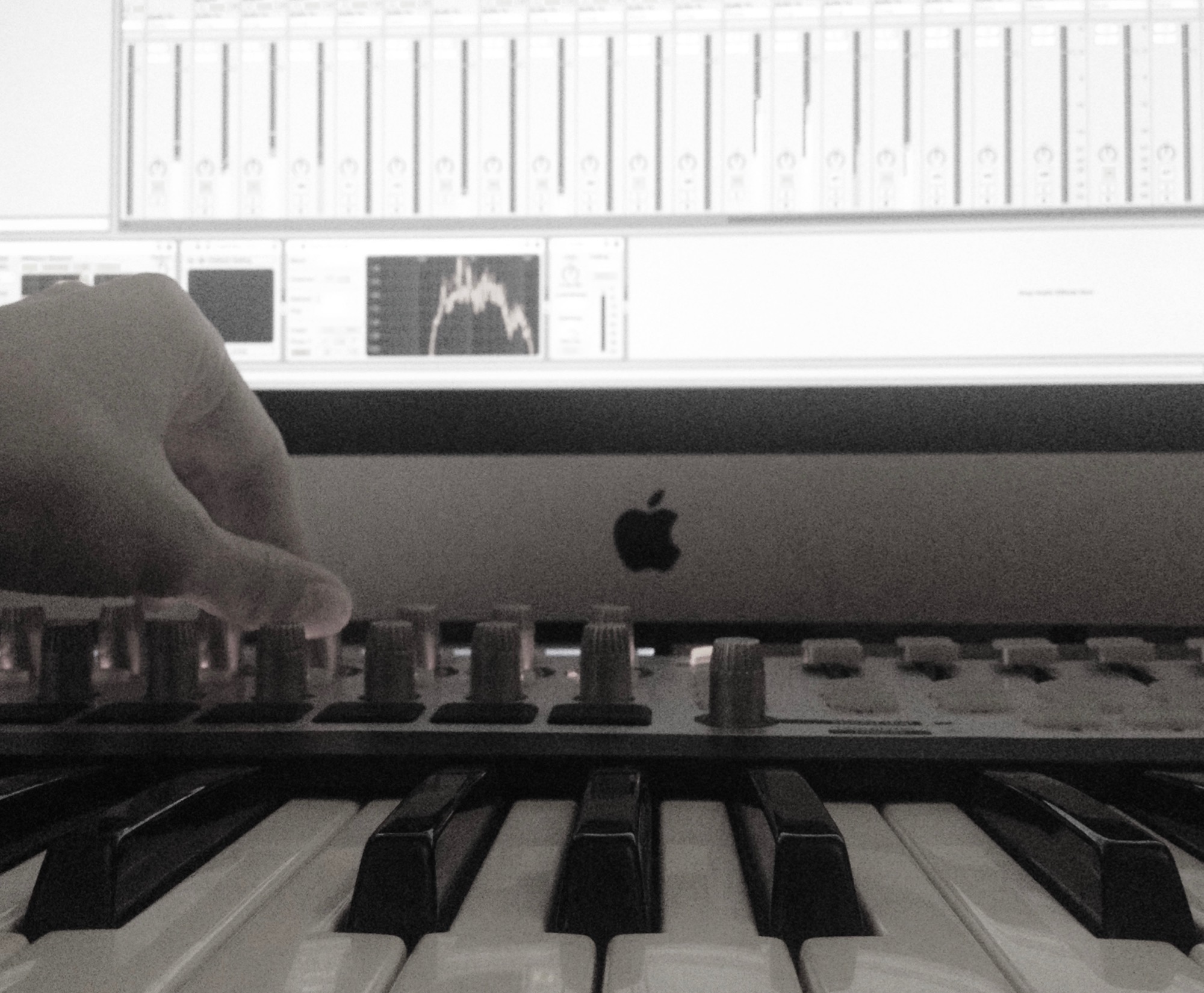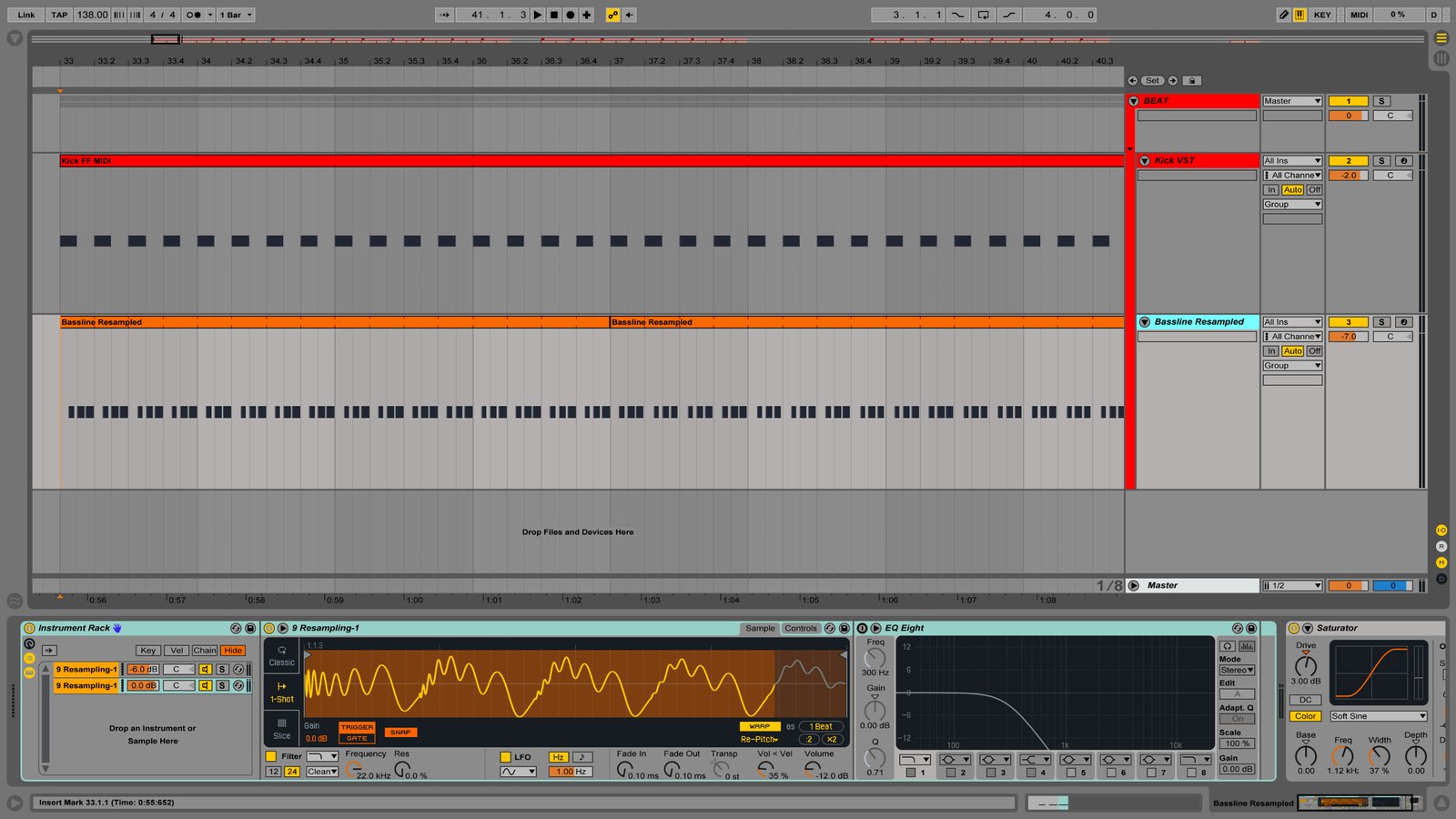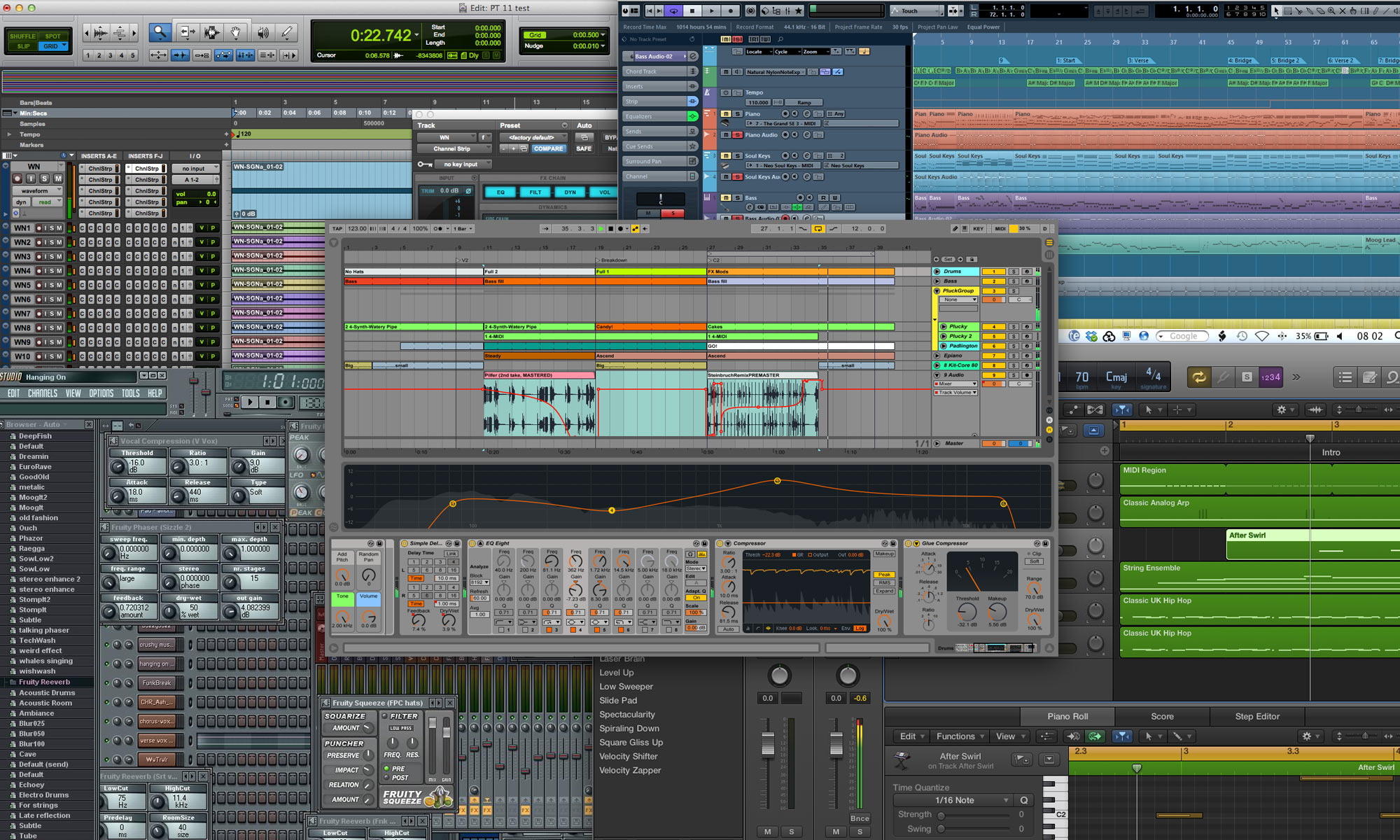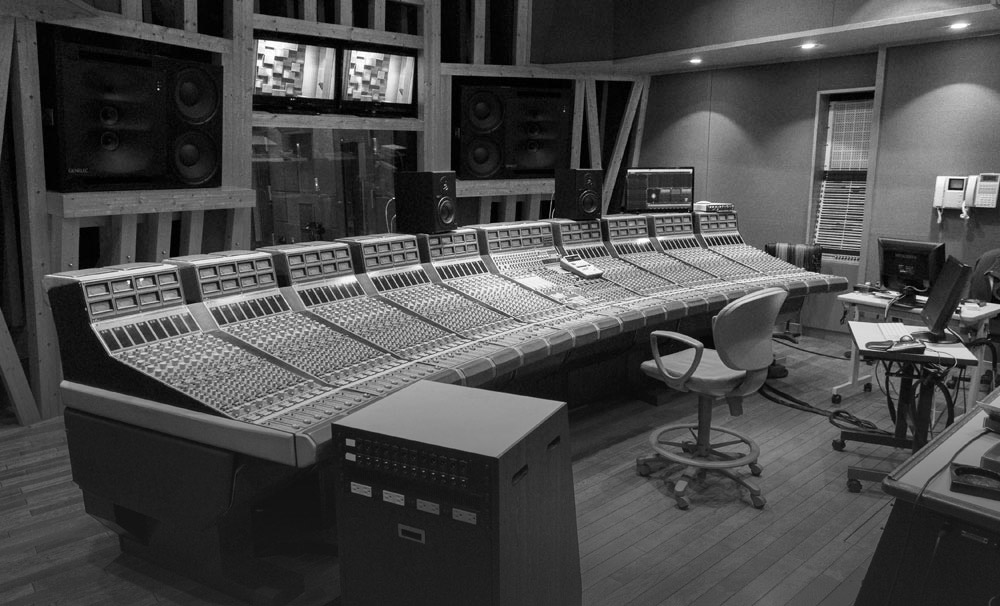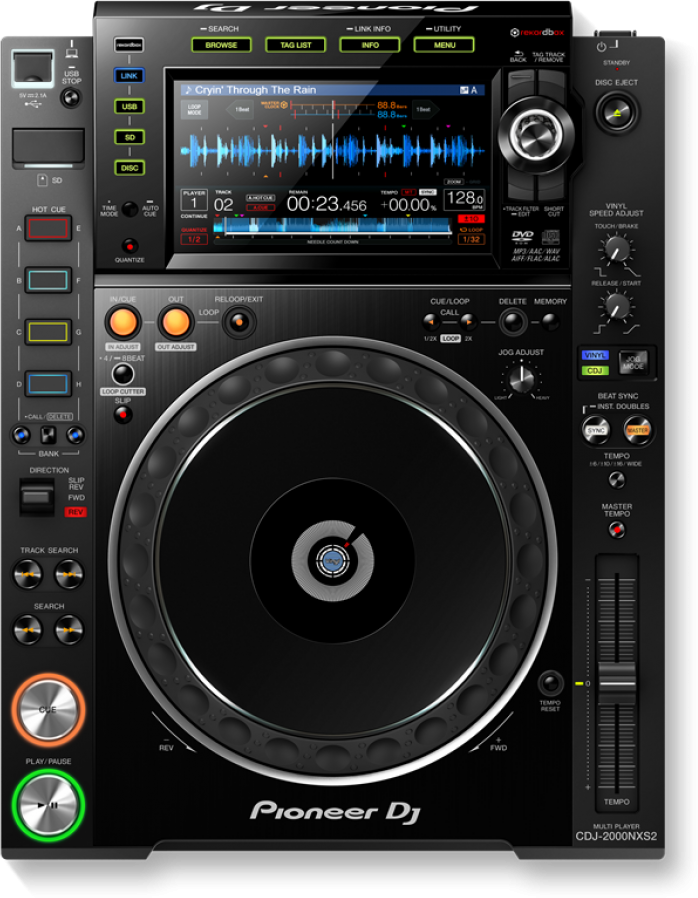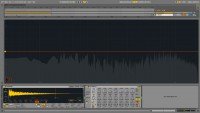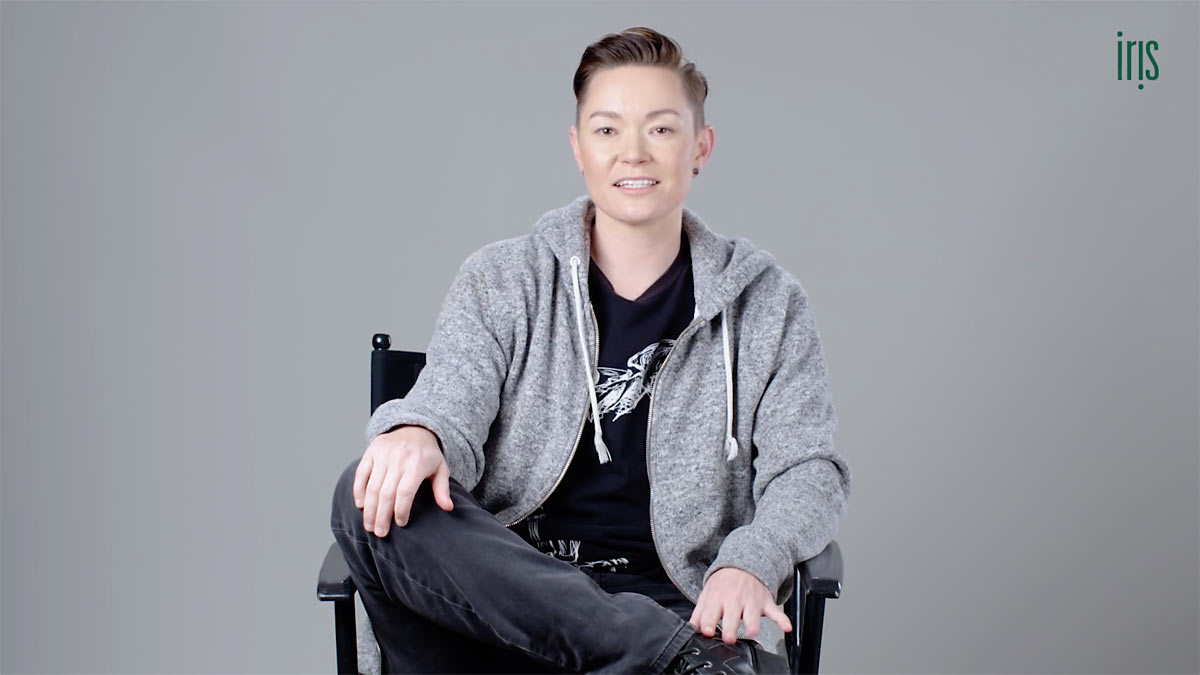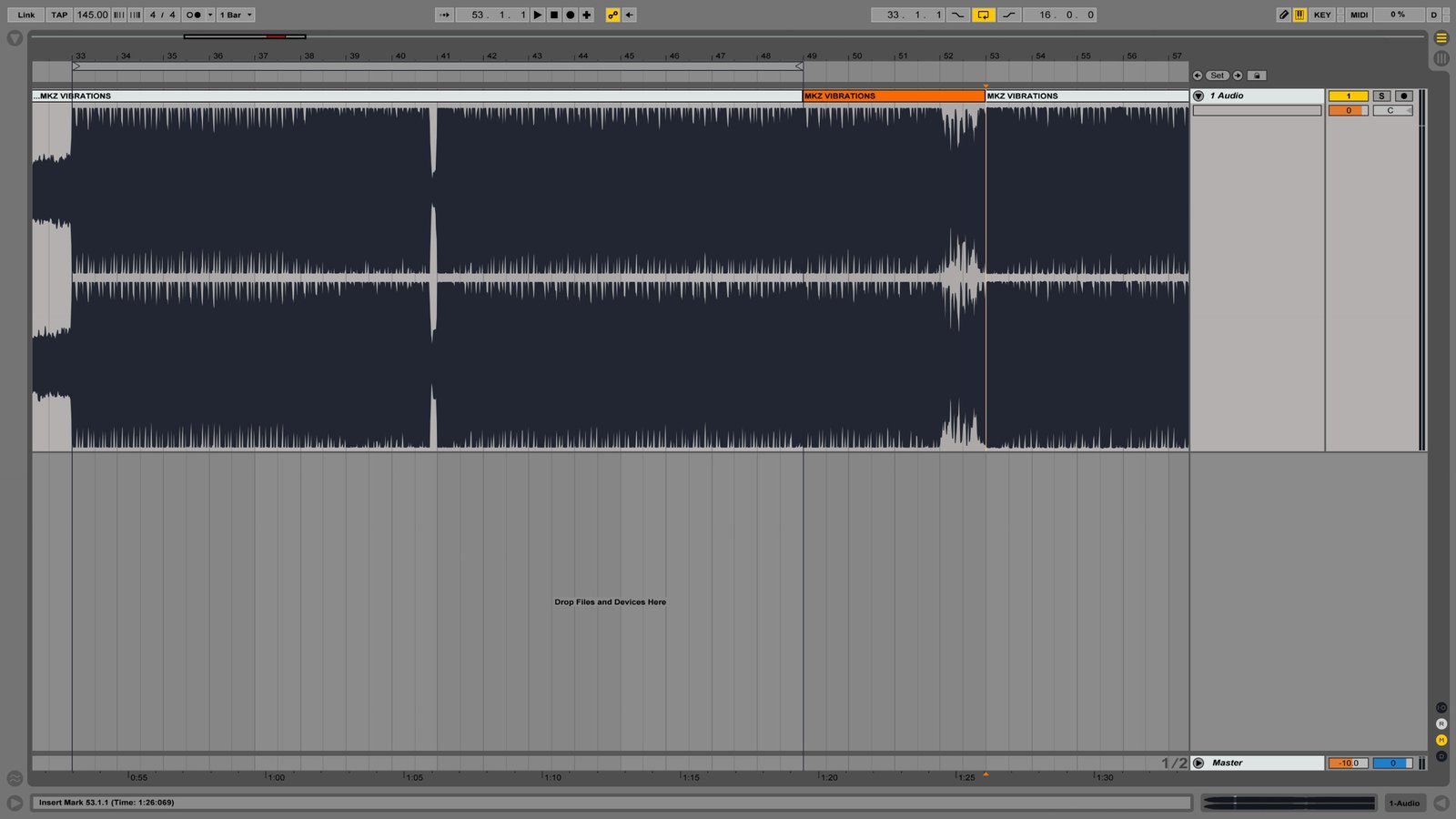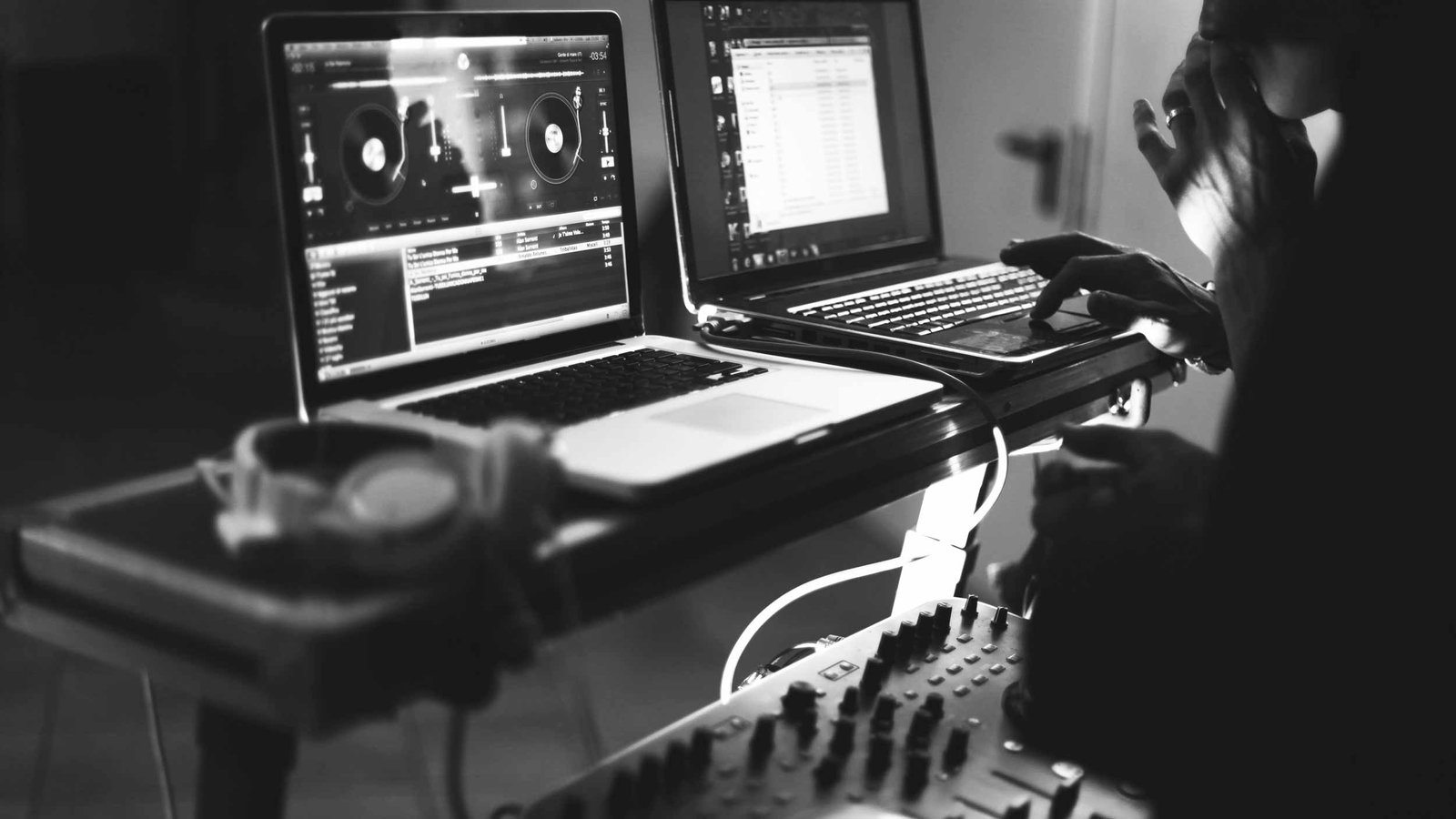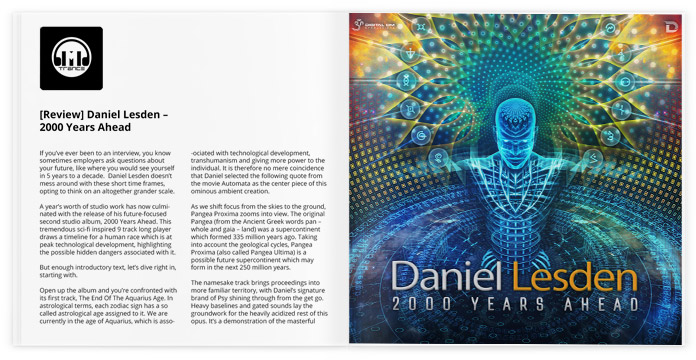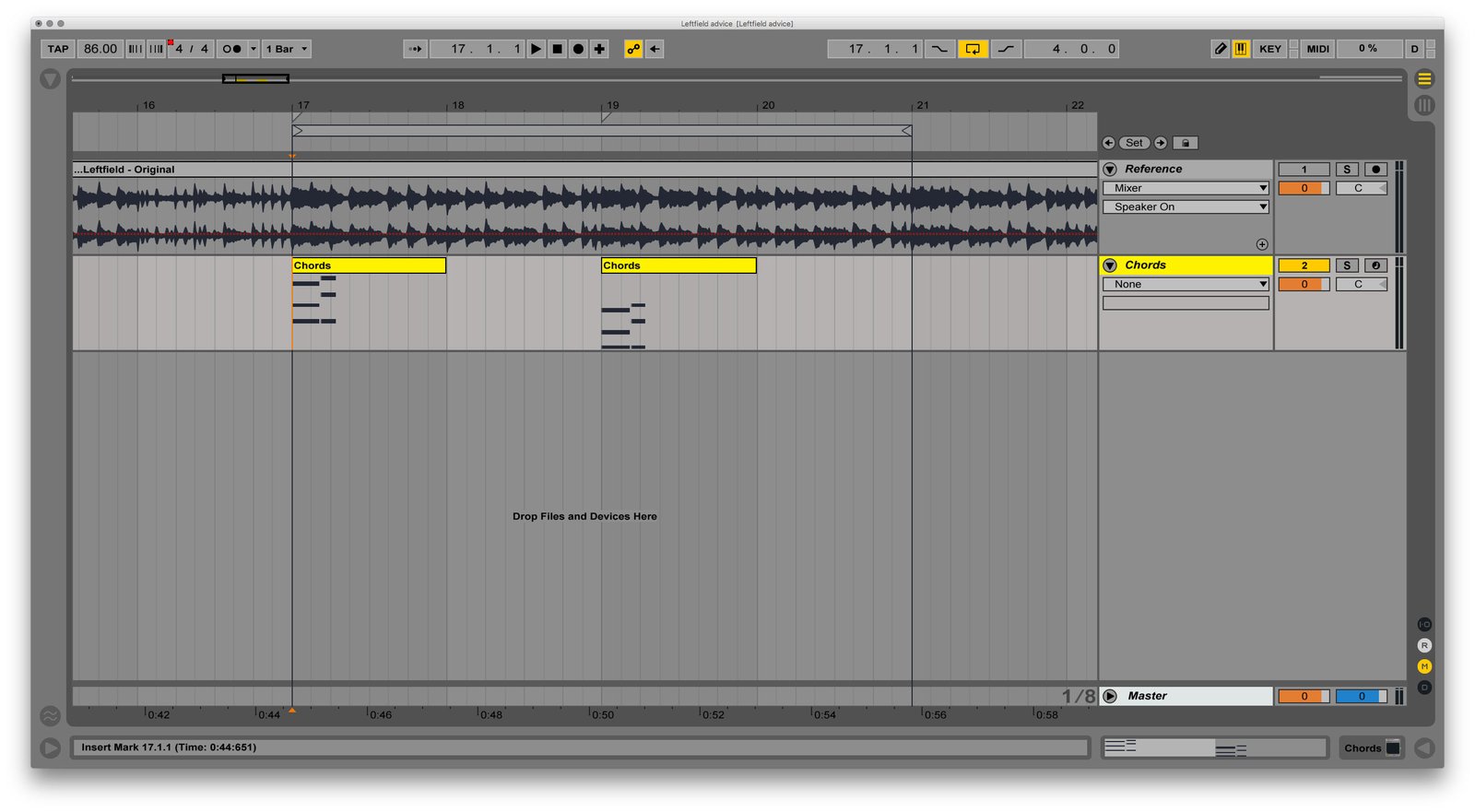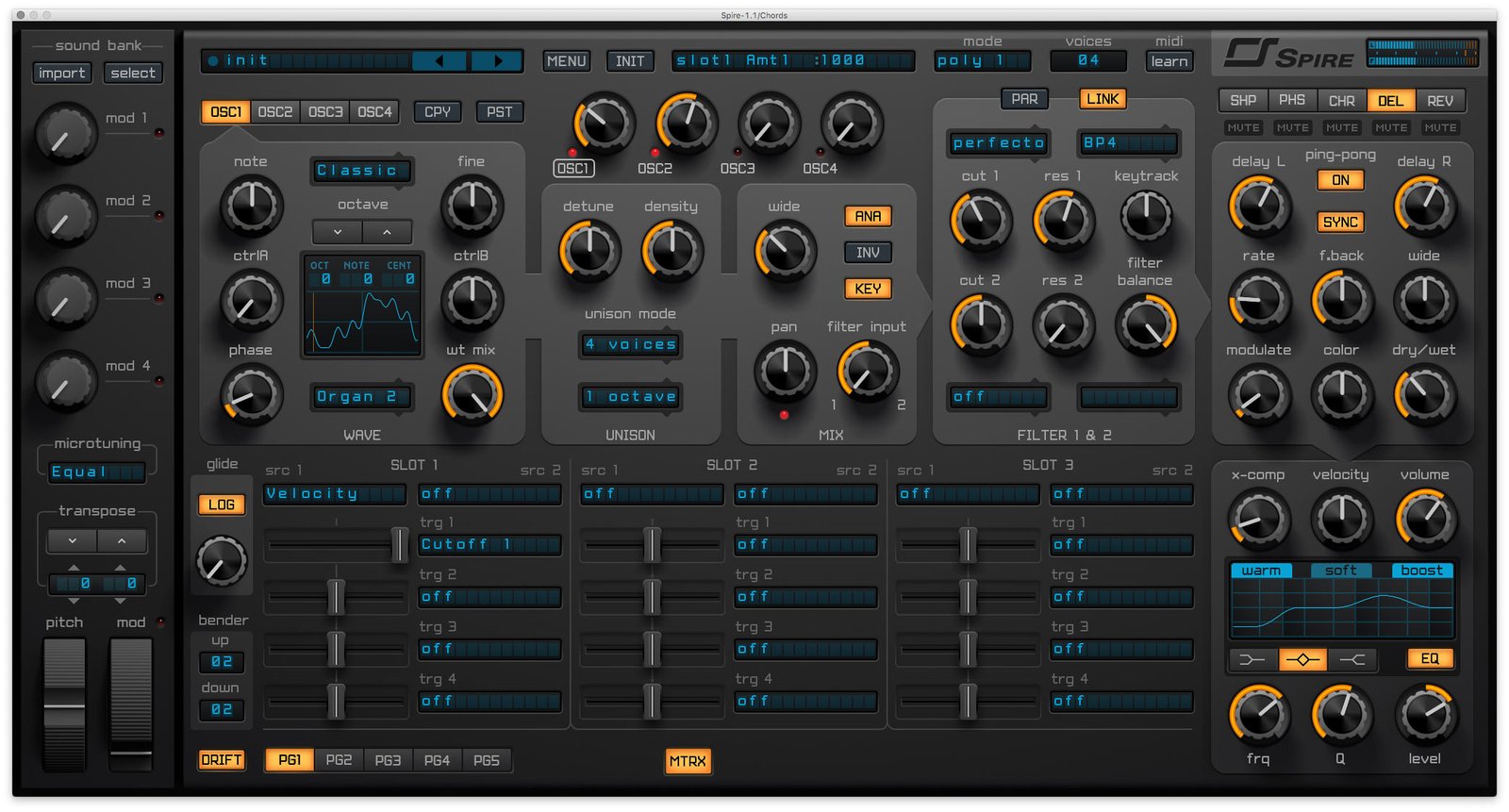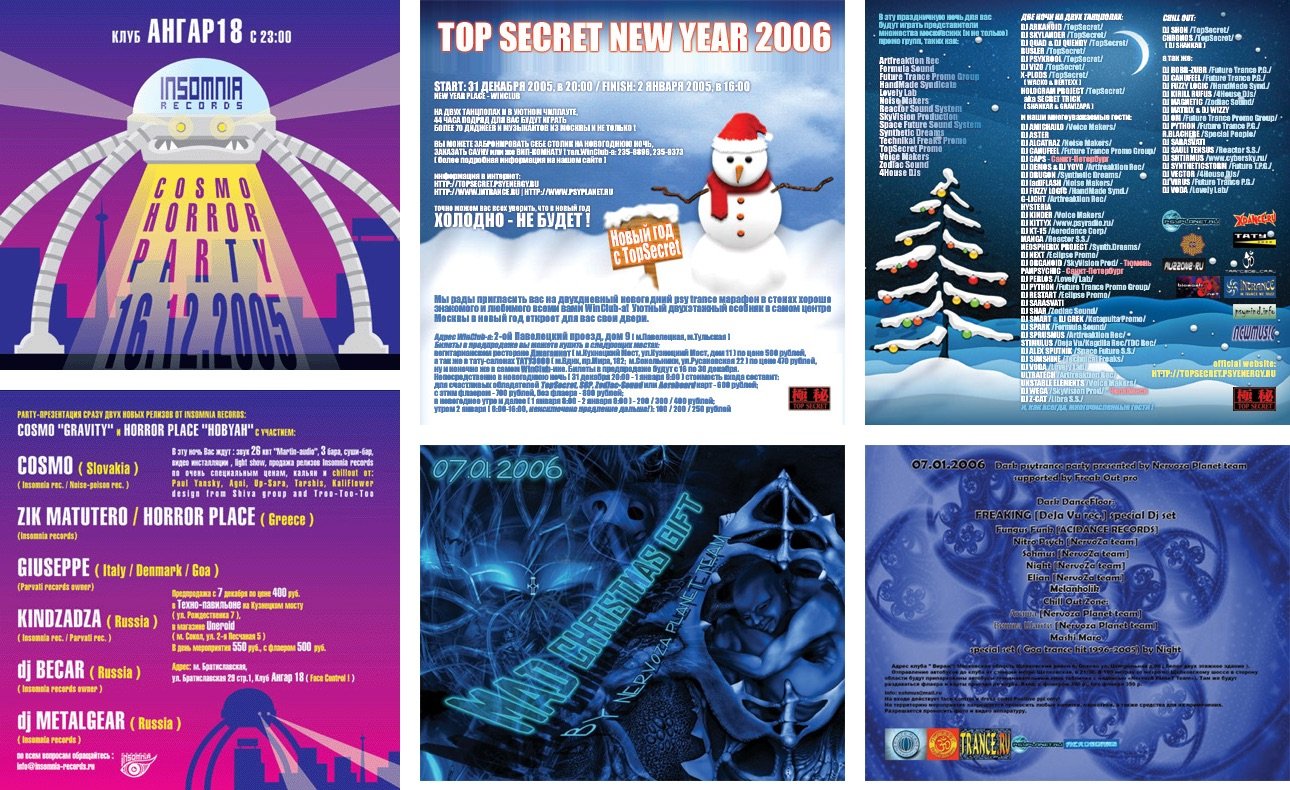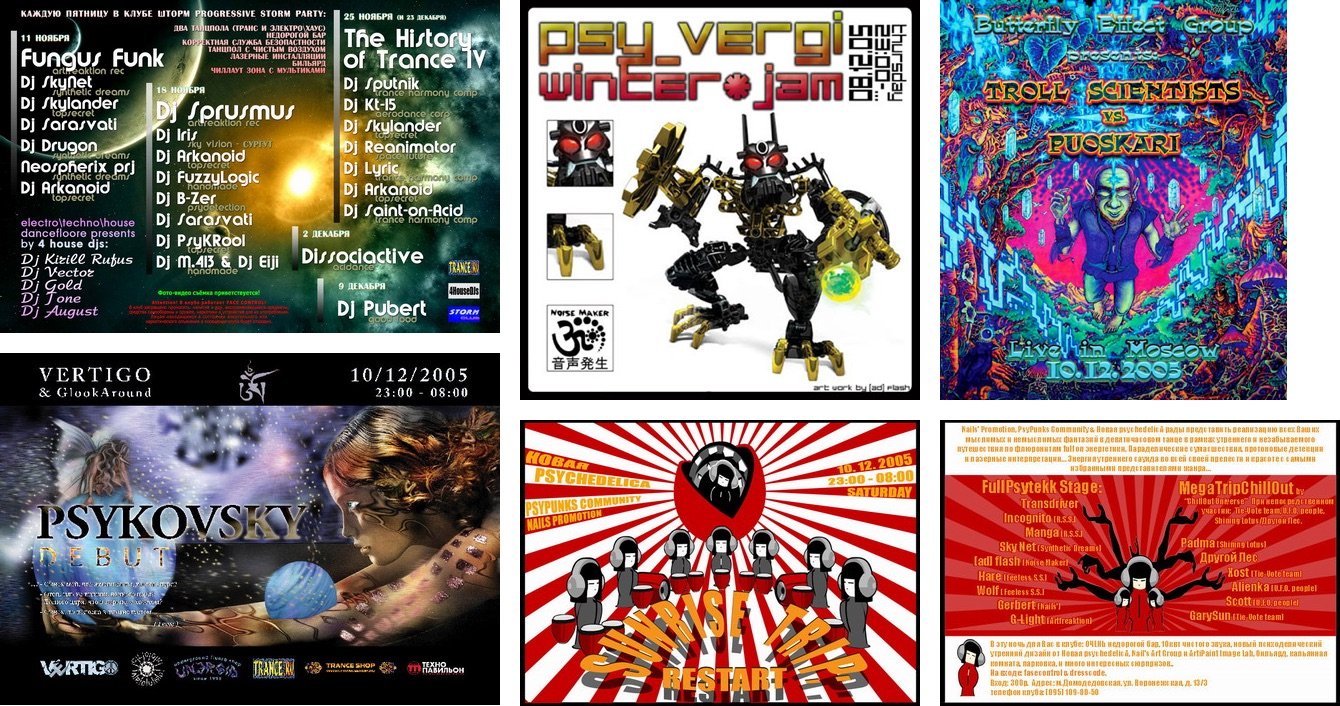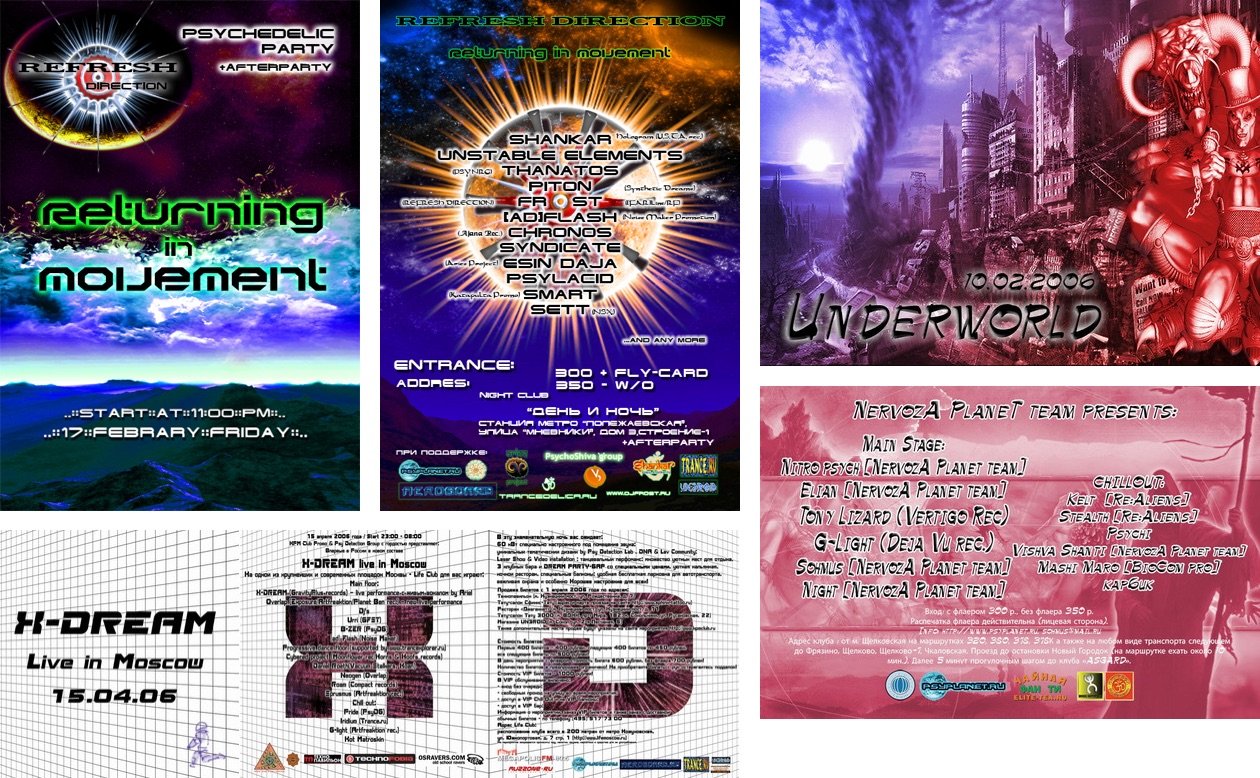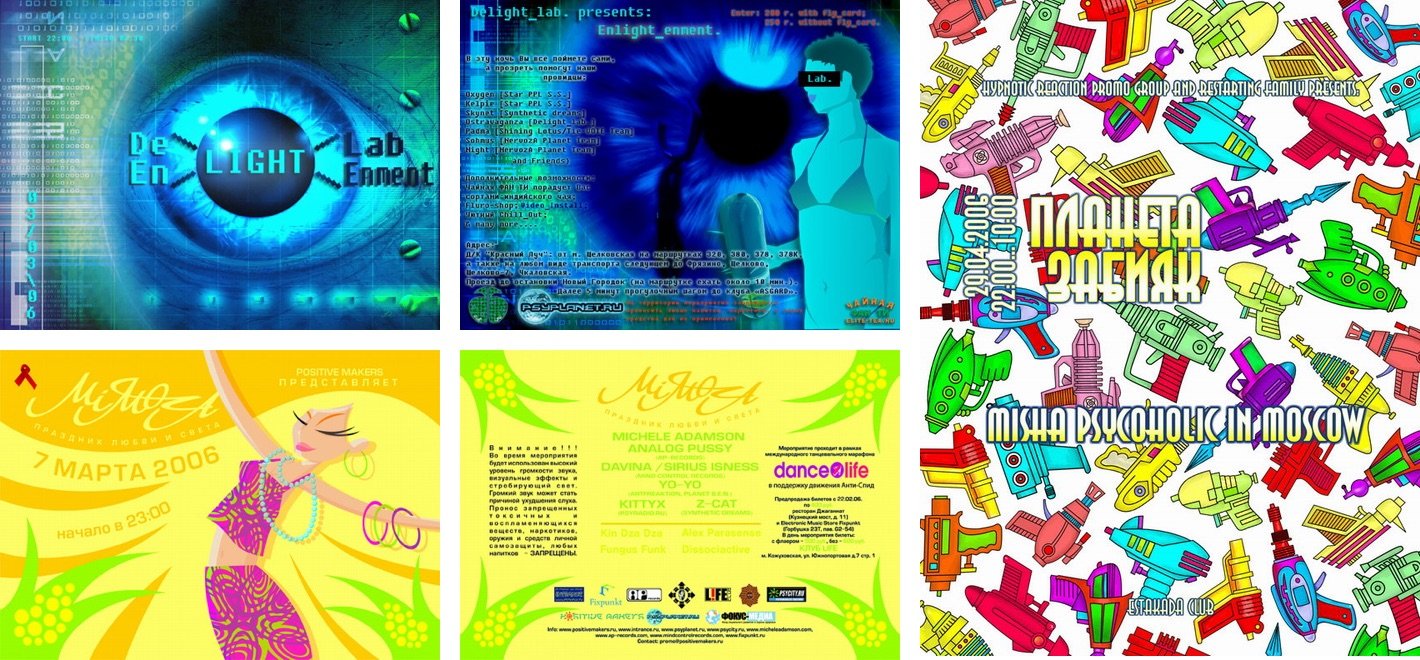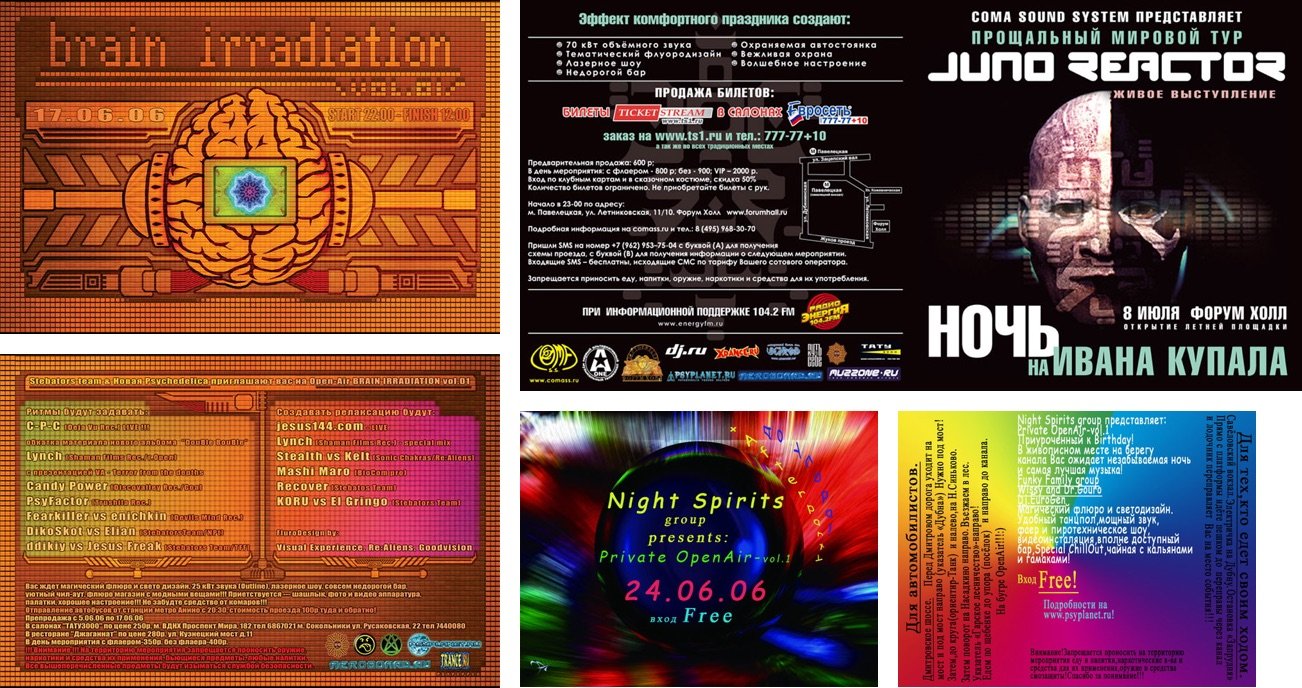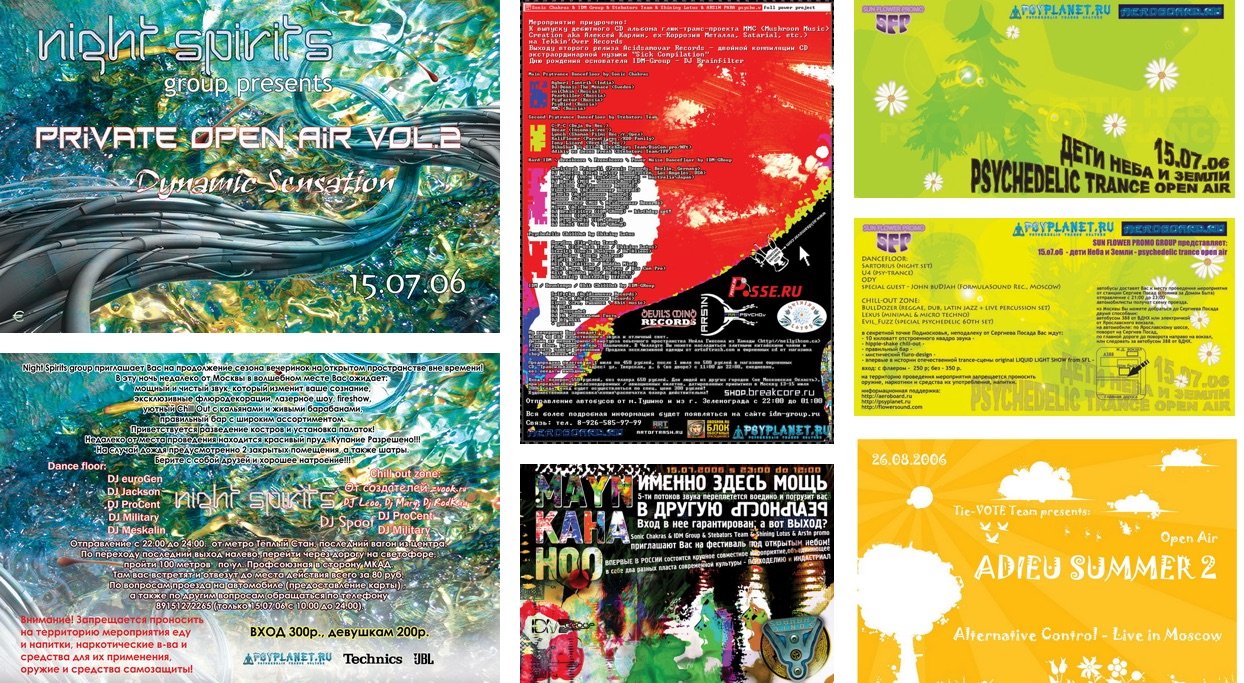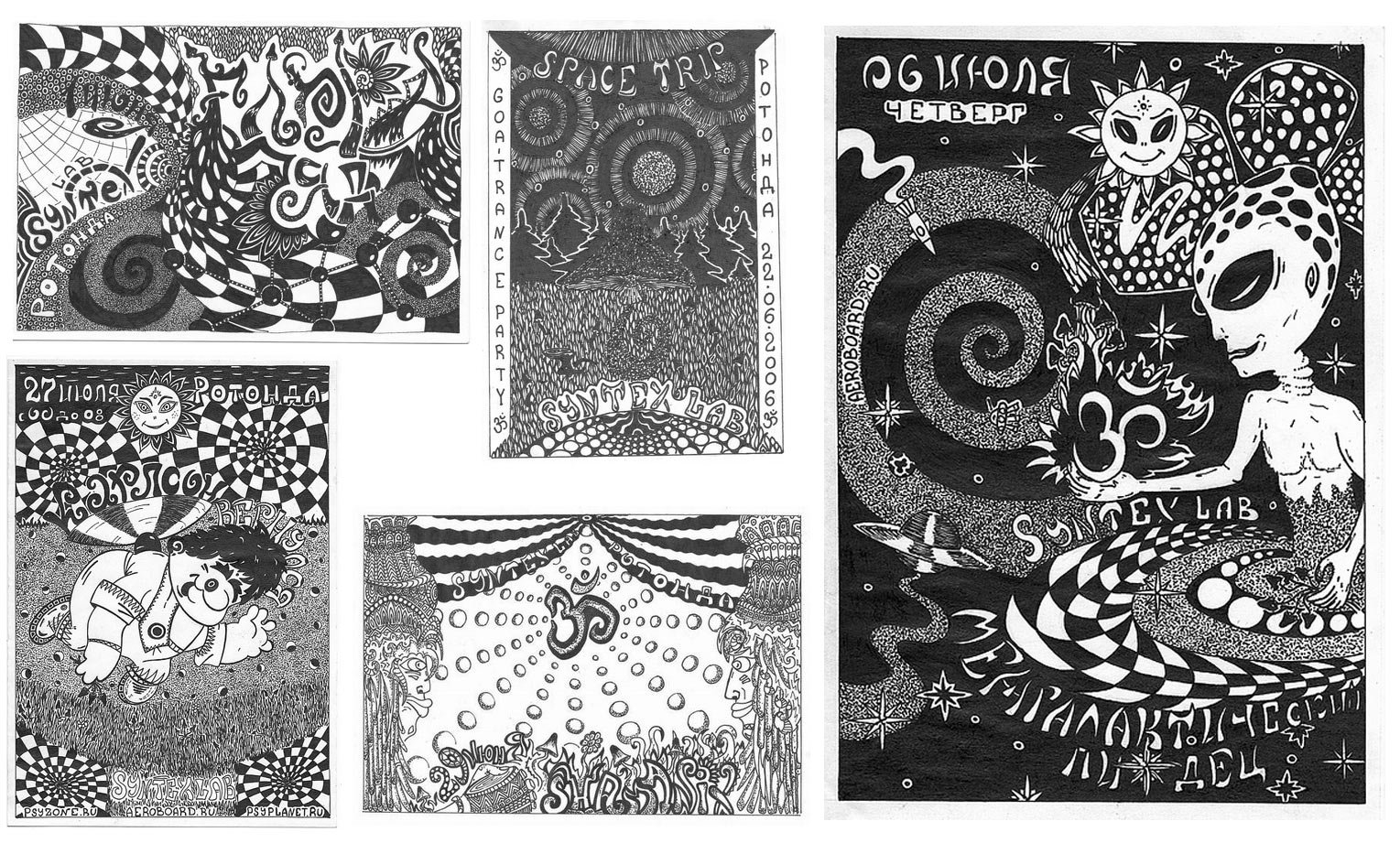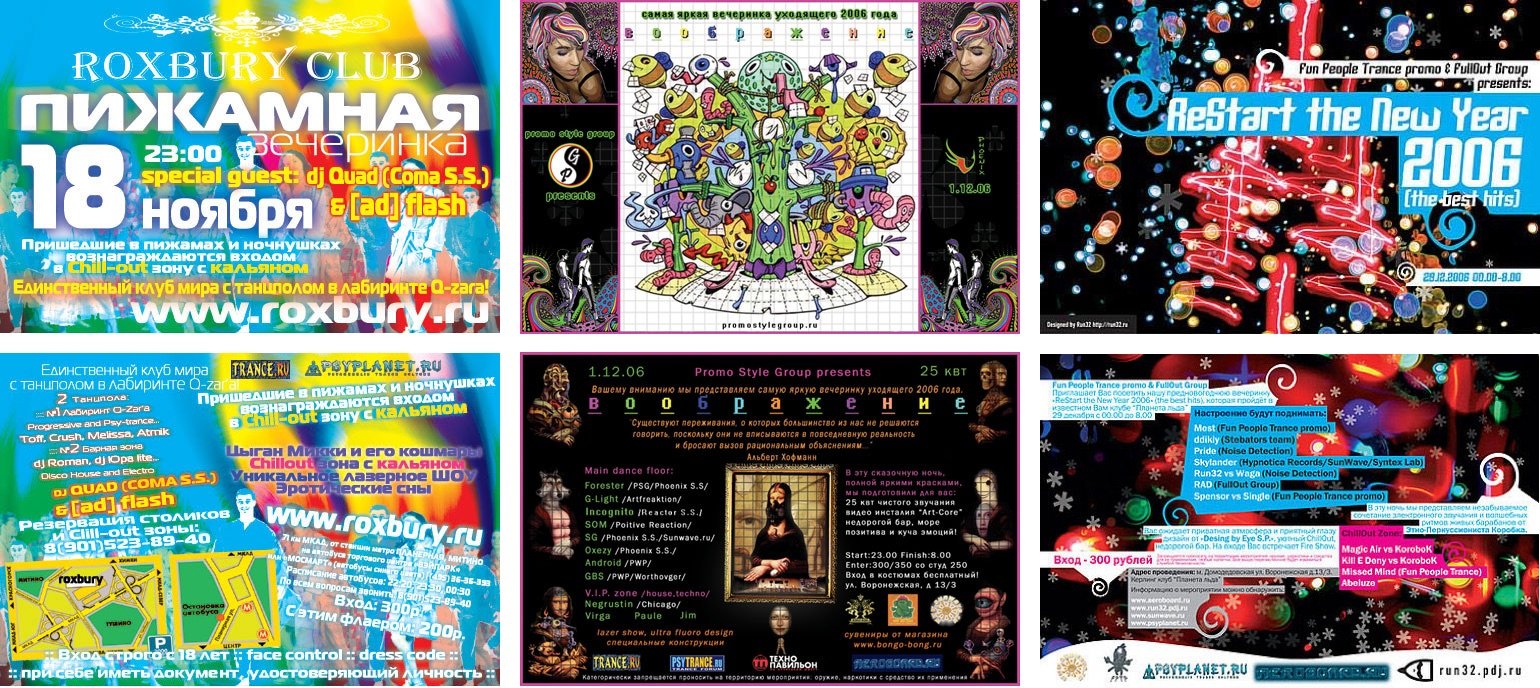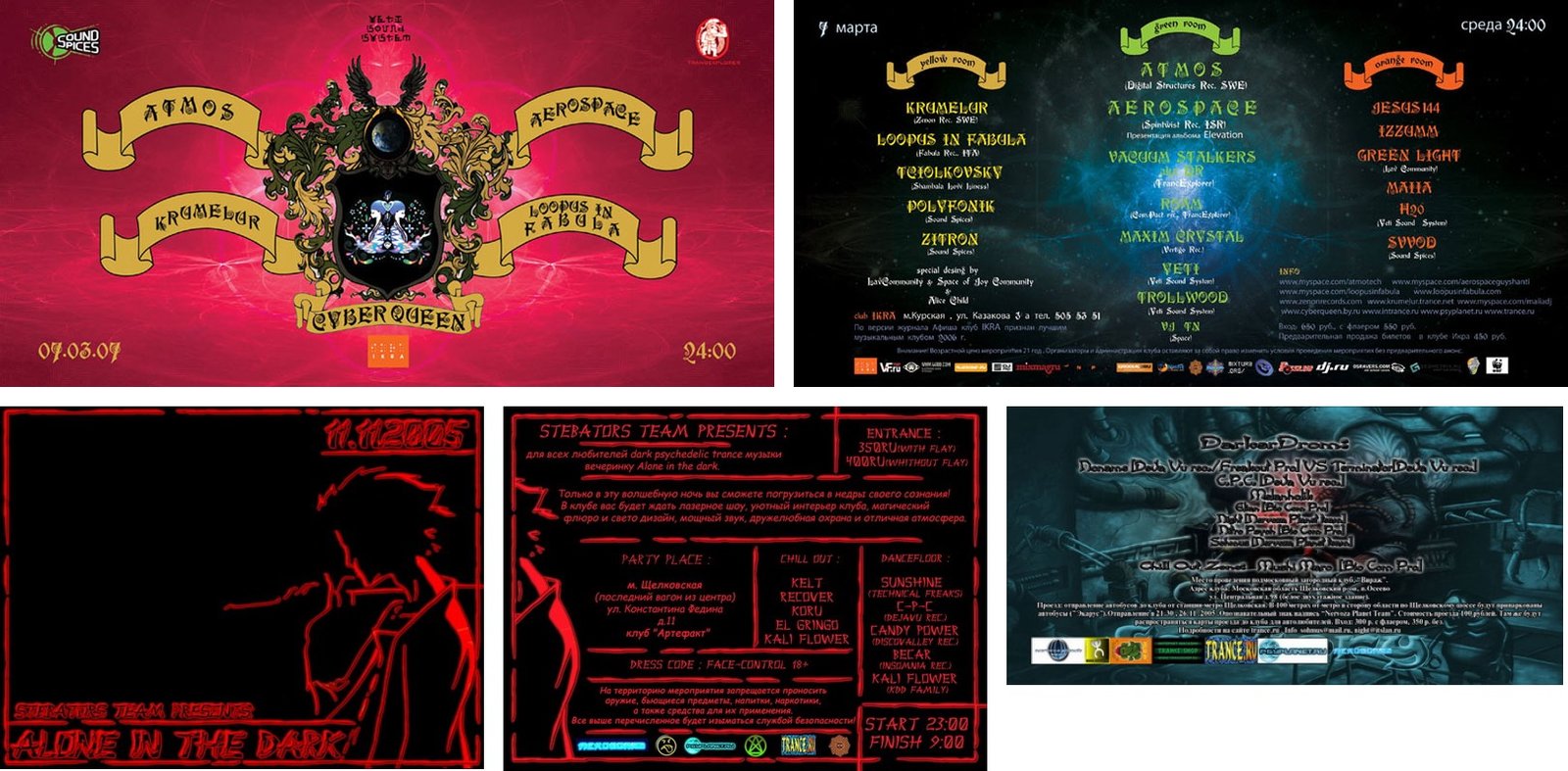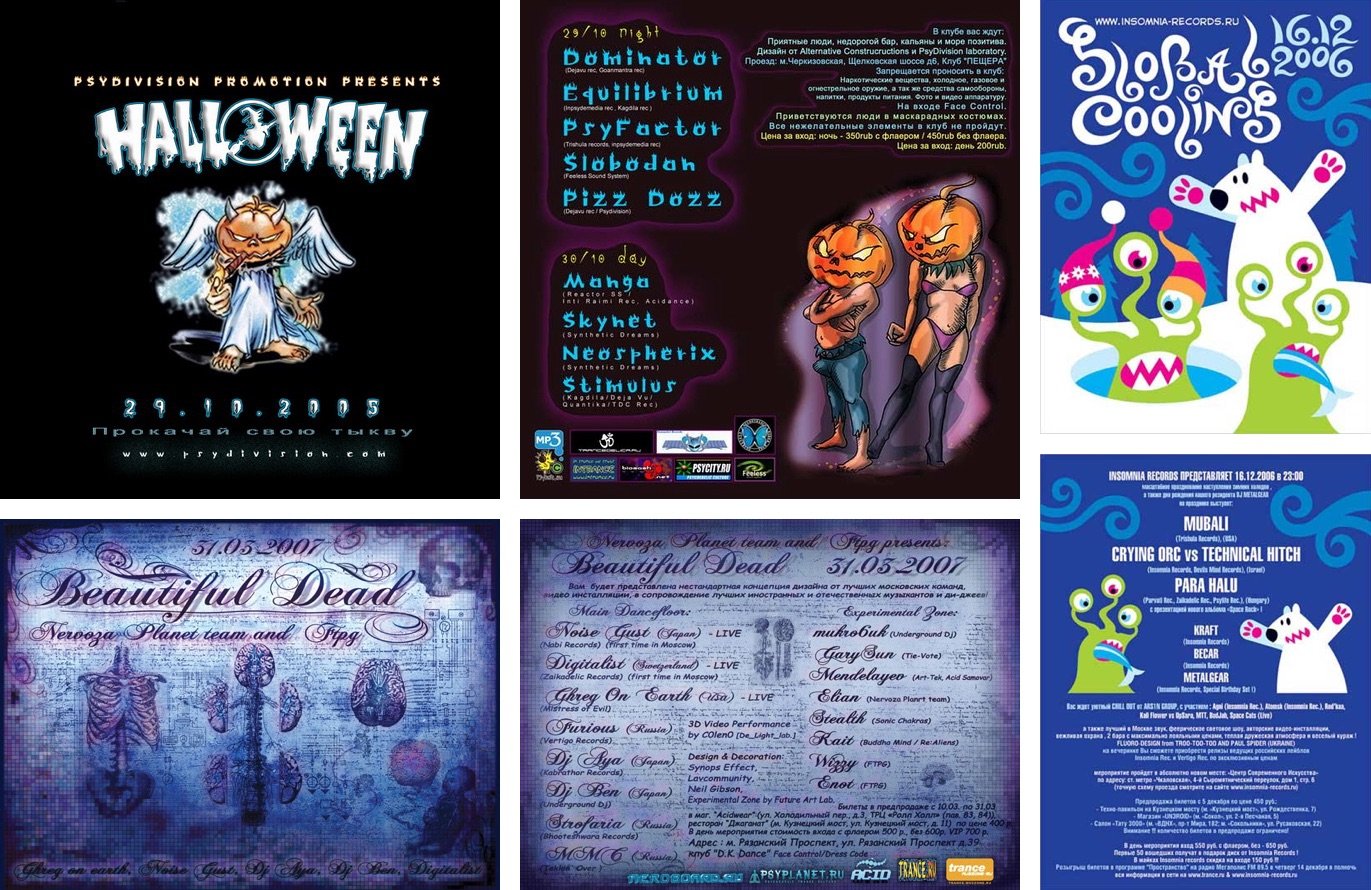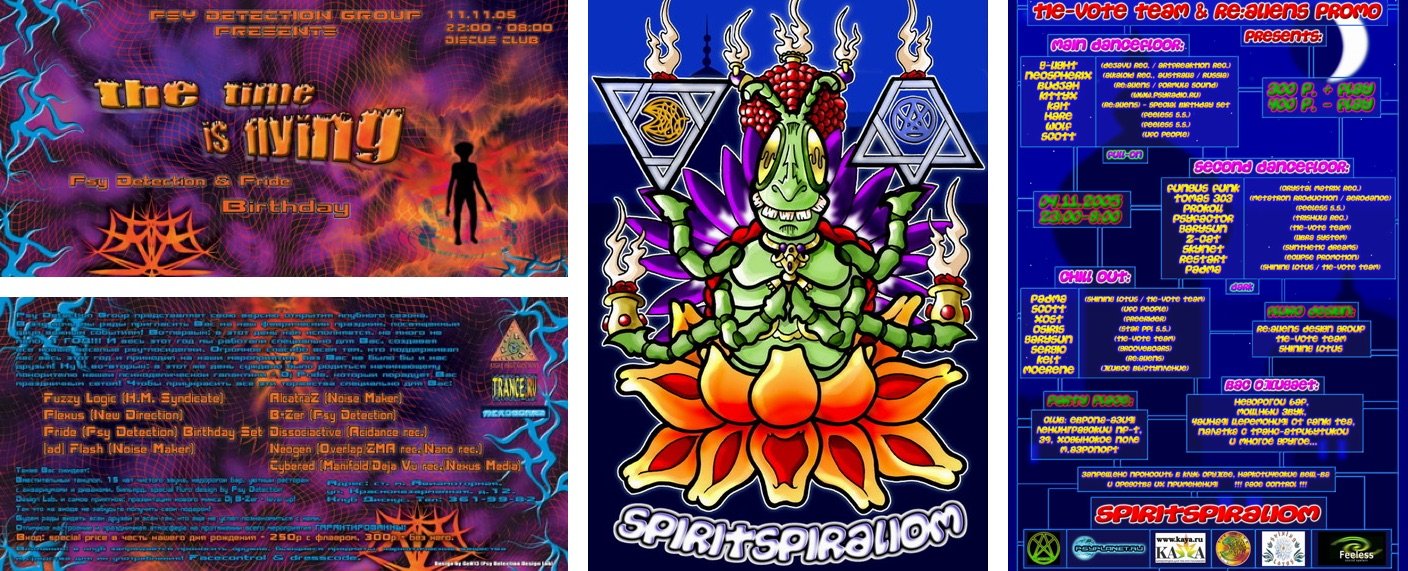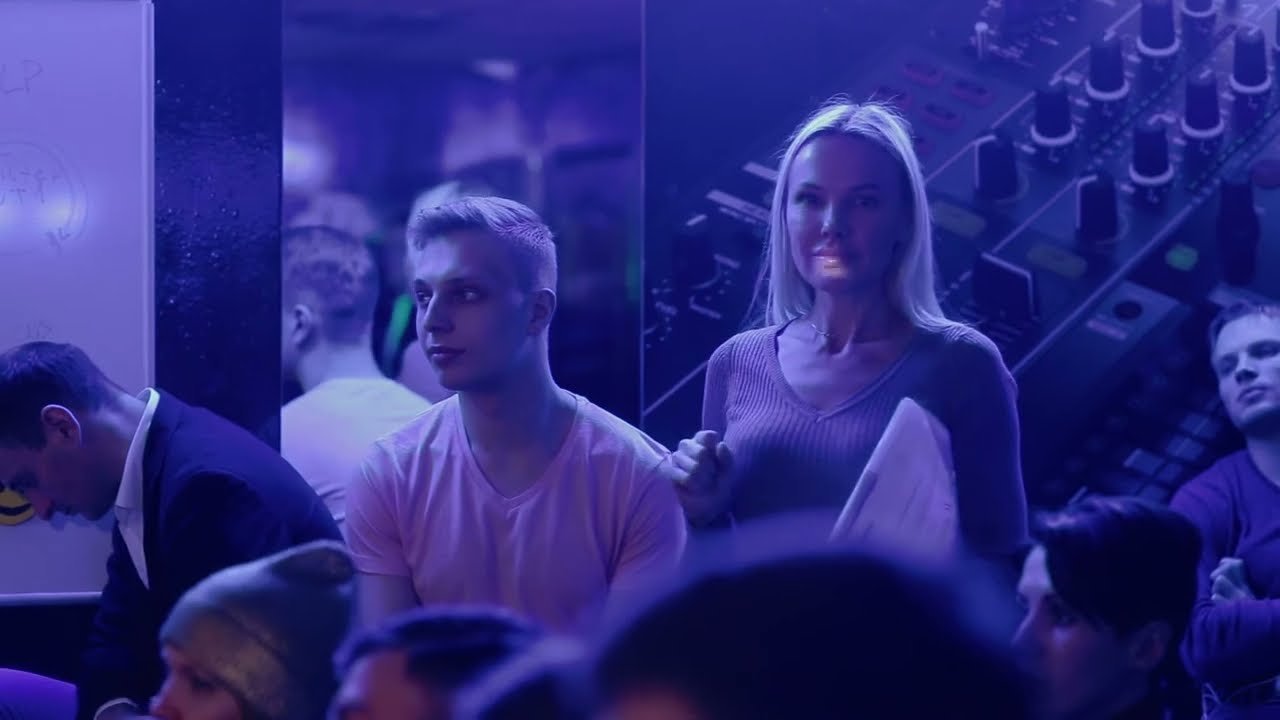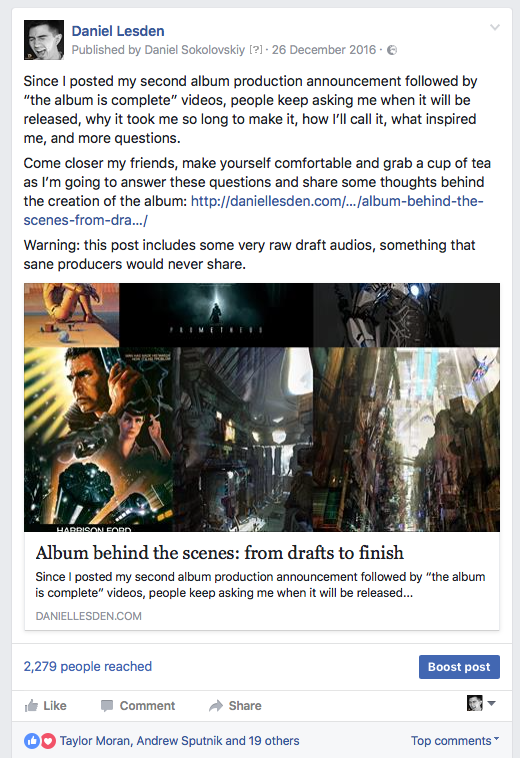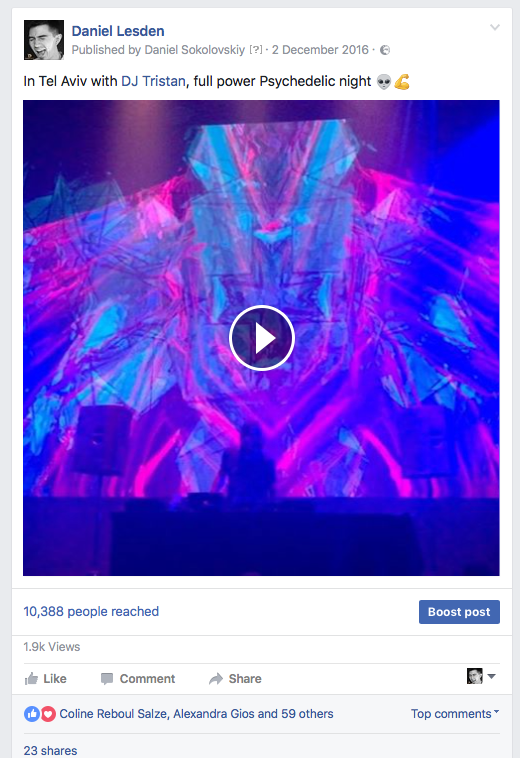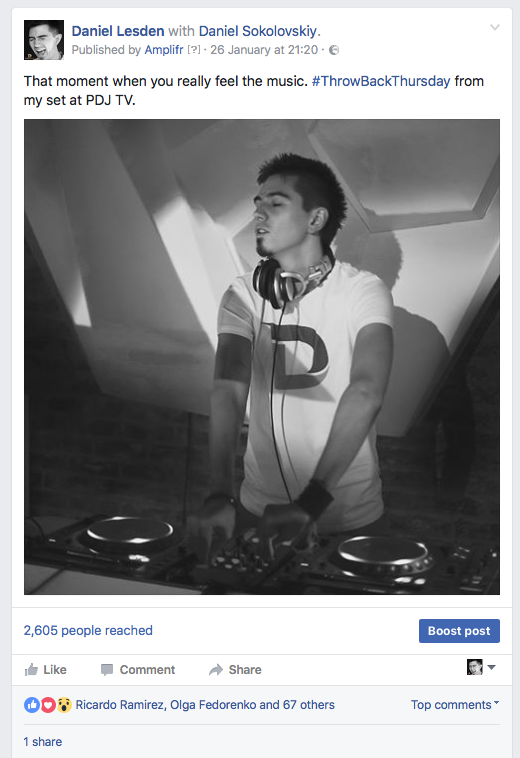TranceMag staff editor Florin has written a review of 2000 Years Ahead album, revealing the hidden meaning of the tracks titles.
If you’ve ever been to an interview, you know sometimes employers ask questions about your future, like where you would see yourself in 5 years to a decade. Daniel Lesden doesn’t mess around with these short time frames, opting to think on an altogether grander scale.
A year’s worth of studio work has now culminated with the release of his future-focused second studio album, 2000 Years Ahead. This tremendous sci-fi inspired 9 track long player draws a timeline for a human race which is at peak technological development, highlighting the possible hidden dangers associated with it.
But enough introductory text, let’s dive right in, starting with:
The End Of The Aquarius Age
Open up the album and you’re confronted with its first track, The End Of The Aquarius Age. In astrological terms, each zodiac sign has a so-called astrological age assigned to it. We are currently in the age of Aquarius, which is associated with technological development, transhumanism and giving more power to the individual. It is therefore no mere coincidence that Daniel selected the following quote from the movie Automata as the center piece of this ominous ambient creation.
The movie explores a future in which robots have taken over, and the struggles of mankind to stop the AI from altering itself. This first production from the LP has a slew of tech sounds infused into it, to further solidify its connection with the film. Antonio Banderas’ (who plays Jacq Vaucan) words fade, signalling the beginning of a menacing crescendo, which wraps things up nicely.
Pangea Proxima
As we shift focus from the skies to the ground, Pangea Proxima zooms into view. The original Pangea (from the Ancient Greek words pan – whole and gaia – land) was a supercontinent which formed 335 million years ago. Taking into account the geological cycles, Pangea Proxima (also called Pangea Ultima) is a possible future supercontinent which may form in the next 250 million years.
The namesake track brings proceedings into more familiar territory, with Daniel’s signature brand of Psy shining through from the get go. Heavy baselines and gated sounds lay the groundwork for the heavily acidized rest of this opus. It’s a demonstration of the masterful control and quality of sound design we’ve come to expect from Daniel.
The Dream Of Electric Sheep
Continuing on the path we set out at the beginning of the post, we get to The Dream Of Electric Sheep, and its subtle reference to humanity’s robotic counterparts. Clues for this are present at beginning (another quote from Automata, “Identify yourself” / “B-2206. Sorry, the city is not safe for any of us.”) as well as in the short breakdown. The Blade Runner quote “It’s a test designed to provoke emotional response” is particularly adept at emphasizing the relative rigidity of the AI in terms of ability to empathize.
Contrast is underlined not only via quotes, but changes in pacing, especially on the baseline front, switching from a full on to a triplet pattern in key parts of the track.
The pedal to the metal approach of The Dream of Electric Sheep accelerates our eventual arrival to a frightening future event.
Technological Singularity
Further down the list is a track which you should know from the production announcement video released about 10 months ago. Technological Singularity highlights a more melodic side of Psy Trance’s overall sound, drawing its inspiration from a future event often called simply “the singularity”. In basic terms, it is the idea that artificial intelligence may enter a cycle of rapid self-improvement, evolving into a kind of artificial superintelligence and leaving humanity in the dust.
Like the issue itself, the production is way more nuanced than it would appear at first glance, employing some lovely modulated acid lines throughout. The build-up is a particular highlight, with its almost Goa-like organic progression. Wonderful stuff.
Arrival
A familiar name greets us at number 5, Arrival, the teaser single which was released in December last year by the same lovely folks at Digital Om Productions.
Taking the issue of ETs arriving on Earth as its main theme, Arrival opens up with a breaks-like layering, only for Daniel Lesden’s beloved blend of Progressive and Psy to replace it shortly after.
With massive energy throughout and an addictive arrangement overall, this is not only my favourite of the 9 productions, but it can serve as an example of what the modern Psy Trance sound should be.
Not only was the subject interesting, but the execution was top notch, as usual. It’s a fantastic package all in all, which comes from an artist whose familiarity with the Psychedelic sound allows him to craft some exquisite tracks. No wonder the album reached #1 CD on Psyshop, it bloody well deserved to.
Structured Chaos
Sitting at number 6 is yet another fantastic Psy Trancer which you were able to hear in the album completion announcement video prior to the promo-blitz preceding the release.
In comparison to the others, the Progressive side stands out a little more and the overall vibe is heavier. Once again, the bubbling acids and the build-up are of particular note here, due to the sheer attention to detail and masterful execution.
Sacred Space (with AudioFire)
Following in the footsteps of the wonderful Prog Psy number above, we find a collaboration with London-based producer AudioFire.
A balance is struck between the two producers’ sounds, yielding a delightfully energetic, and ever-changing piece, which is much lighter in overall vibe than its predecessors. I’d dare say that near the end you could almost mistake it for an Astral Projection track. It really is that good.
Machinery
After a subject as ethereal as the sacred space, Daniel plonks down a mammoth base driven Psychedelic slab called Machinery. Employing plenty of gated sounds and delicious modulated acids, track number 8 also sports one of the most distinctive secondary acid lines of the entire bunch. I’ll only say it’s near the middle, but you’ll definitely recognize it instantly. Terrific stuff.
Middle Mode & Relativ – Divination (Daniel Lesden Remix)
Closing proceedings is Daniel’s take on the 2014 Middle Mode & Relativ collab entitled Divination. Despite using a similar approach to the original in the construction of his rework, Lesden manages to flip the entire atmosphere of the track on its head. What’s more, the end result is a much lighter, more dynamic interpretation than the source material, while still incorporating the quotes from Porcupine Tree’s Voyage 34 Phase IV.
Conclusion
The follow-up to Chronicles of The Universe (Daniel’s first album) shines as both a worthy standalone opus and as a part of the overall story arch. After his exploration of the universe, it made sense for Daniel Lesden to pick mankind’s technological end goal as the main subject for a second album.
Not only was the subject interesting, but the execution was top notch, as usual. Though I personally lean more towards Technological Singularity, Arrival, Structured Chaos and Machinery as the highlights of this LP, there’s no denying the others are equally worthy of your attention. It’s a fantastic package all in all, which comes from an artist whose familiarity with the Psychedelic sound allows him to craft some exquisite tracks. No wonder the album reached #1 CD on Psyshop, it bloody well deserved to.

